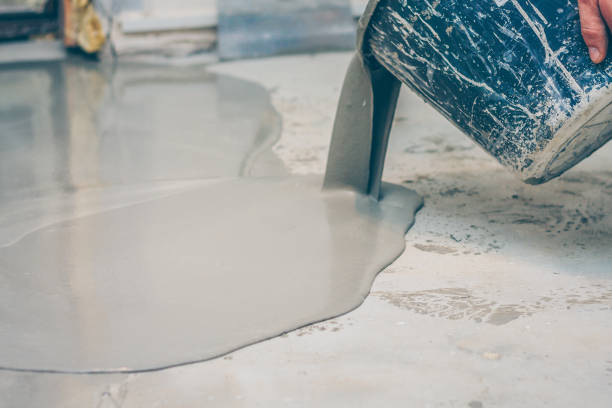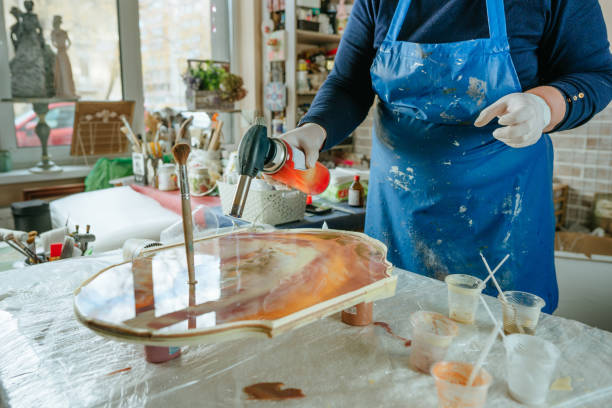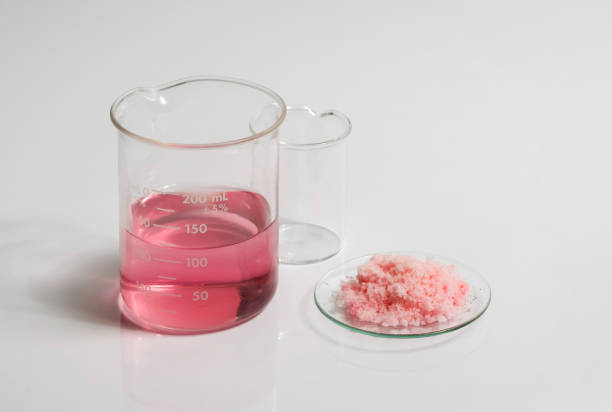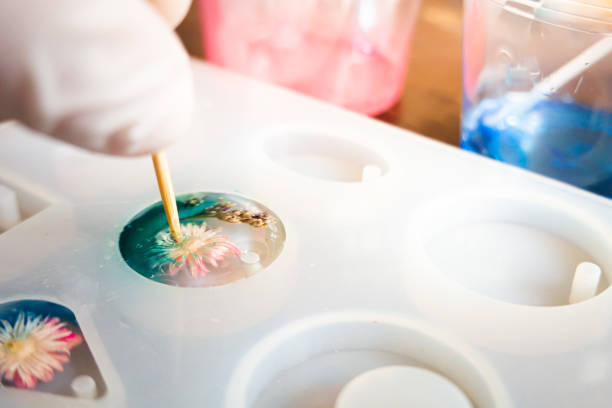Do you ever wonder which epoxy resin you should use doing your project? With so many different types on the market, it takes time to figure out where to start. Continue reading and choose the right epoxy resin.
The epoxy resin comprises many industrial applications and possesses greater thermal and chemical resistance. It contains strengthened mechanical properties than other types of wax. When the liquid epoxy resin is poured into a painted material creates a protective outer coating.
After curing, the material hardens into a solid and becomes durable and structurally stable. This combination of features makes epoxy resin extremely useful in several applications, from industrial tooling to art projects and automotive manufacturing.
What Exactly is Epoxy Resin?

The most versatile material that can be used for various applications is Epoxy Resin. These can be strong and durable, making them ideal for construction and other industrial applications. Moreover, it can be used for aesthetic purposes, such as countertops or flooring. There are different types of epoxy resin, and each has its advantages.
Understanding How Epoxy Resin Works?
Epoxy resin is a two-part adhesive made of resin and a hardener. When these two substances get mixed, they create a chemical reaction. And causes the mixture to harden into a strong, durable plastic.
These are commonly used to construct and repair boats, cars, and other vehicles. It can also improve household items such as dishes and countertops.

On the other end, the strength of epoxy resin makes an ideal for bonding dissimilar materials together and can attach metal to wood, plastic to glass, or ceramic to metal.
The hardening process of epoxy resin is exothermic, which means it can generate heat as crosslinking occurs. It can be beneficial in cold weather, as the heat will speed up the curing process.
However, avoiding exposure to direct sunlight in warm weather is extremely important. It can cause the epoxy resin to soften and lose its bond.
The difference between Epoxy Coating Resin and Crafting Resin
Casting resin and epoxy coating resin are employed for two types of resin art. Remember that these two varieties of epoxy resin have distinct qualities and applications while comparing them.
Higher viscosity epoxy coating resin is used to coat surfaces. It creates a hard, long-lasting surface impervious to fading, scratches, and stains. Epoxy resin and hardener can be applied to various materials, including wood, metal, glass, and plastic.

Casting resin, which is used to make castings and is excellent for embedding things, has a very low viscosity. It creates a tougher finish and is more resilient to fading, stains, and scratches. Wood, metal, glass, and plastic are just a few materials that can be coated with casting resin.
Which Resin Is Best For Casting?
Different types of resins are available on the market for casting applications, and every kind of resin contains different types of waxes and are available in the market.
Each resin type has unique properties, making them better suited for certain applications than others. To choose the best resin for your application, you need to consider the following factors:
1: The Type of Object you are casting.
2: The level of detail you need.
3: The size of the thing.
4: The quantity you need to produce.
5: The hardness, once cured.
6: Your Budget.
Clarity is crucial in epoxy resin for two main reasons: aesthetic appeal and practicality. You should ensure that the epoxy resin is as clear as possible if you use it to create a transparent coating or finish a project.
The polish must be clear for the epoxy resin to connect and cure correctly if used for a practical purpose, such as in a clear adhesive or sealant. The kind of resin used, the curing procedure, and any fillers or colorants used can all impact the polish's clarity. However, polyurethane and epoxy are two resin types popularly known for their clarity.
It's crucial to consider price and quality when selecting a resin for your project. Polyurethane resin is your best option if you require a clear coating or finish that won't fade over time. Epoxy will be ideal if you want a high gloss with fantastic effects.
Do You Need To Fill A Space Or Coat A Surface?
When it comes to epoxy resin, there are two main types: casting and coating. Each class has unique benefits and drawbacks, so choosing the right one for your project is important.

Epoxy resin art starter kit is often used to create jewelry, sculptures, river tables, and other small to large objects. It is great to be poured into molds, but it could be better at coating surfaces. It can cure quickly and is very strong. However, it can be difficult to work with and unsuitable for large projects.
Coating epoxy resin fills very small gaps/voids and coating surfaces. It can be poured, brushed, or rolled on, and it cures slowly so you can adjust it before it sets. It's also easy to sand and polish once it's fixed, making it a great option for furniture and countertops.
The Safest Way To Use Epoxy Resin
Always adhere to the safety recommendations provided by the manufacturer when using epoxy resin. Generally, you ought to:
1: Use PPE as instructed by the manufacturer, number one.
2: In a well-ventilated environment, combine the resin and hardener
3: Apply a thin layer of resin.
4: Keep the resin away from your skin.
5: Cure the resin as directed by the manufacturer.
Frequently Asked Questions (FAQ)

Q1: What is the best epoxy resin for beginners?
Ans: Working with epoxy is the easiest. It's the resin with which beginners can make mistakes and is the simplest to mix and measure.
Q2: What are the three 3 types of commonly used resin?
Ans: There are three widely used resin types: polyester, vinyl ester, and epoxy.
Q3: What is the difference between high-viscosity and low-viscosity resin?
Ans: Low-viscosity
Use for bonding, laminating, and barrier coatings. Low-viscosity epoxy completely wets out fiber-reinforced fabrics, which lowers the possibility of voids and other flaws. Modify with fillers like wood powder or colloidal silica for applications requiring filling and fairing compounds.
High-viscosity
High-viscosity pastes are utilized in applications where the epoxy needs to stay in its position while being applied and curing since they don't drop or sag.
Q4: Is there a difference in epoxy resins?
Ans: Since there are many types of epoxy, specifiers must consider characteristics, including nozzle time, gel time, load time, sag, cure time, and chemical resistance. These factors will impact whether the product is suitable for the desired application.






